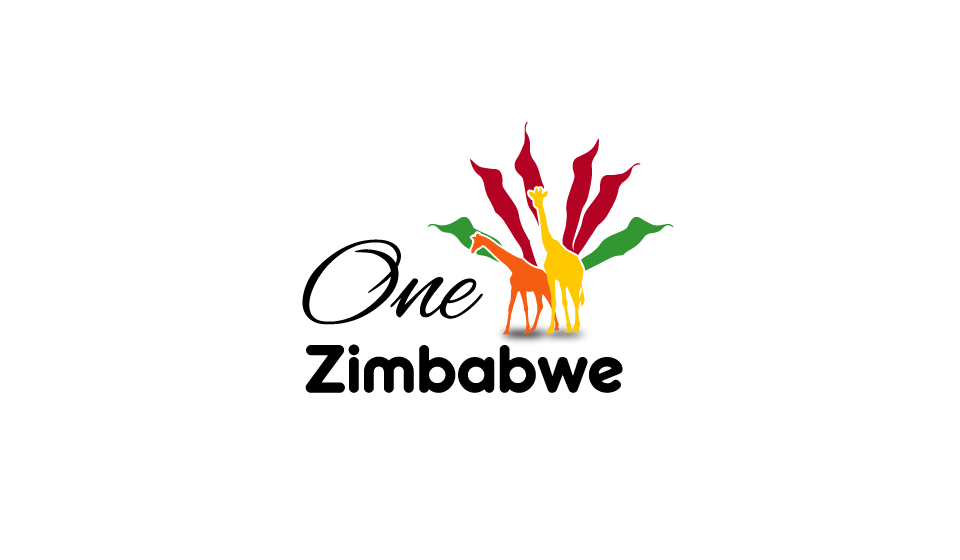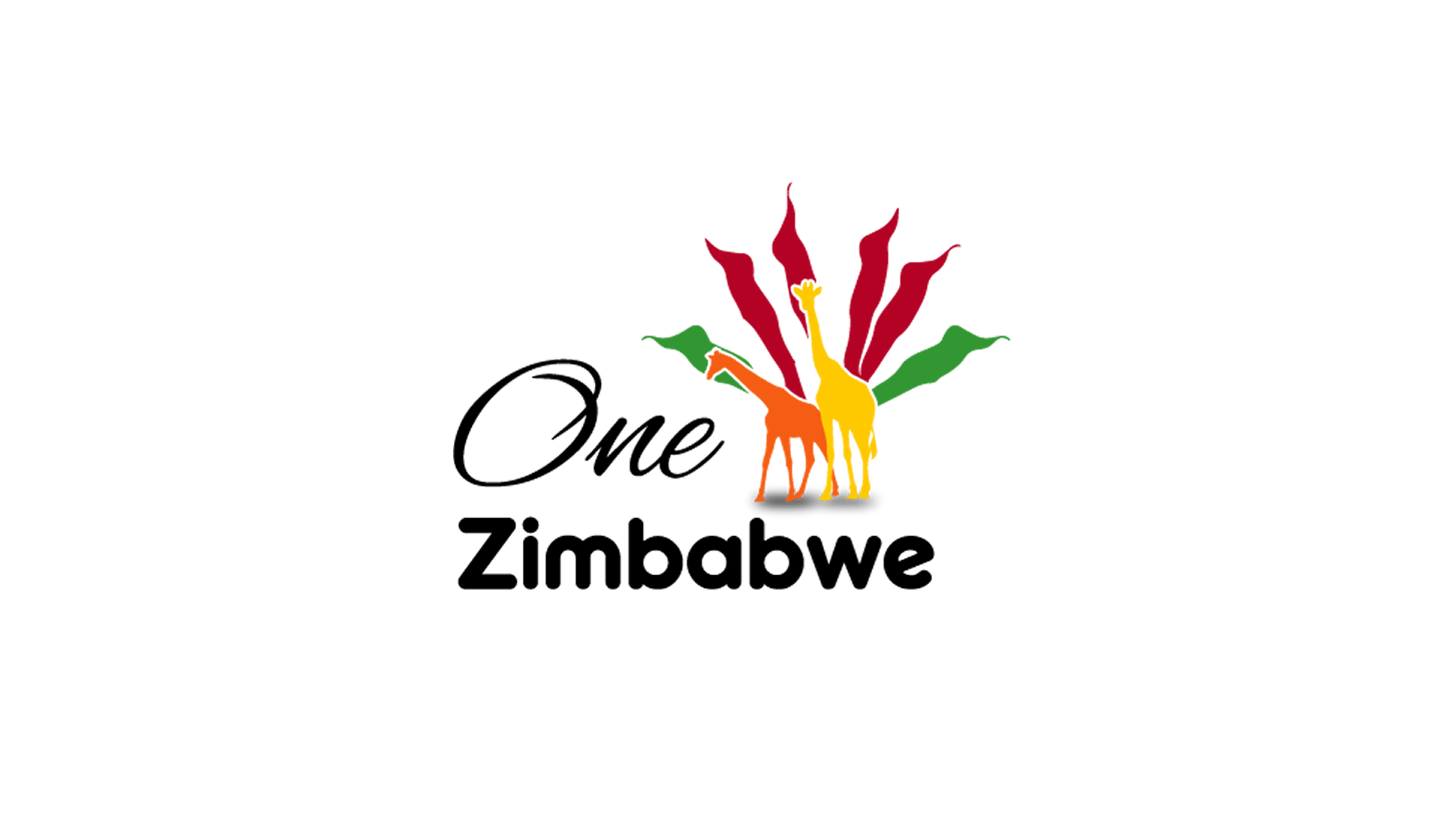Victoria Falls
Victoria Falls is a small town in the Matabeleland North province of Zimbabwe named after the famous Victoria Falls waterfall on the Zambezi river at the border between Zimbabwe and Zambia. This resort town gets its name from the waterfall which in the Tsonga language is “Mosi-oaTunya” meaning “The Smoke That Thunders” and is double the height of the Niagara Falls in Canada. It has a population of about over 33000 people, is about 706 kilometres from the capital city Harare and was recently declared a Special Economic Zone by the government of Zimbabwe in order to encourage tourism both locally and internationally. The main languages spoken here are English, Shona and Ndebele.
Homo Habilis stone artifacts have been discovered in this area dating back to 3 million years ago including Stone Age weapons, adornments and digging tools. Many tribes have since inhabited this place including The San (Khoisan) hunter gatherers, the Bantu tribes such as the southern Tonga peoples and the Matebele and the Batswana and Makololo. In 1901 British colonial settlers began to move in to this area as they started to investigate the idea of exploring hydro electric power as a source of energy in the region. This idea grew as the railway from Bulawayo extended to the town just before April 1905 when the Victoria Falls bridge was opened which connected Zimbabwe to its neighbouring country Zambia.
From the 1930s, 1960s, 1990s it has experienced an explosion in tourism which has been positive for both sides of the border, especially the Zimbawean side of the waterfalls. On November the 17th, 1855, the great Scottish explorer David Livingstone was the first European to view the Victoria Falls and was accompanied by the Makololo chief Sekeletu and about 200 men and in 1860 he returned to the falls with fellow explorer John Kirk to make a detailed study. David Livingstone went on to name his ‘discovery’ after the British Queen Victoria and his statue still stands at the Victoria Falls on the Zimbabwean side. The year 1900 saw the settlement of Europeans to this area who were encouraged by Cecil John Rhodes to take advantage of natural resources such as timber, ivory, animal skins and minerals within the area. Mr Cecil John Rhodes also had a vision of a railway from the Cape in South Africa to Cairo in Egypt and one way to achieve this was to build a bridge across the Zambezi through the Victoria Falls. The Victoria Falls bridge was completed in 1905 which unfortunately was after the death of Cecil John Rhodes but it offered colonial settlers and whites railway travel from as far as Cape Town South to the northern Belgian Congo state. The Victoria Falls Hotel was opened in 1904 which accommodated visitors travelling on the new railway and became a very popular tourist hub. In 1966 however, Zambia stopped border crossings with Rhodesia until 1980 when Zimbabwe gained its independence and over the years there have been greater levels of tourism for both sides of the border, especially the Zimbabwean side because of the more advanced facilities on offer.
In 1989 Victoria Falls was declared a UNESCO (United Nations Educational, Scientific and Cultural Organization) World Heritage Site and it is also one of the 7 Wonders of the World. Apart from going to the actual falls, visitors have several activities to choose from and the best way to get around is by car which can be hired from local travel agencies or tour operators in the town. Guests with an appetite for good food can visit some of the many restaurants including Lola’s tapas and Carnivore Restaurant which serves Mediterranean food with a host of game meats such as zebra and impala. The Boma restaurant offers a tasty buffet where diners can enjoy crocodile tail, gunea fowl stew, spit fire roasts and BBQ warthog while they engage in interactive drumming, traditional dancing and they can also get their fortunes told by a local witchdoctor. The Jafuta Heritage Centre tenders a little cultural experience as it showcases the cultural heritage of some of Zimbabwe’s ethnic groups, namely the Shona, Ndebele, Tonga and Lozi people including jewellery and costumes and works of art and also has books that people can buy. Arts and crafts lovers will enjoy visiting places such as African Heritage, Jairos Jiri Centre, the Big Curio Open Market, the Elephants Walk Shopping and Artist Village and the Prime Art Gallery which has original art pieces from the famous Zimbabwean artist Dominic Benhura among others. The Victoria Falls also hosts its annual ‘Vic Falls Carnival’ in December which is a three day festival where holiday makers can enjoy a concert and a great time with friends while touring the Victoria Falls. People can also expect to go on a sunset cruise, bungee jump, gorge swing, zipline, whitewater rafting, enjoy a dinner on the steam train, swim to the edge of the waterfall at Devil’s Pool or fly in a helicopter over the falls.
Besides the Victoria Falls which are the main attraction in this area, there is also the Victoria Falls National Park which has a rainforest and visitors can also see wild animals like rhinos, elephants, hippopotamuses, crocodiles, buffalo and antelope during safari drives or walks through the park. There is also plenty accommodation facilities including campsites, lodges and hotels.

